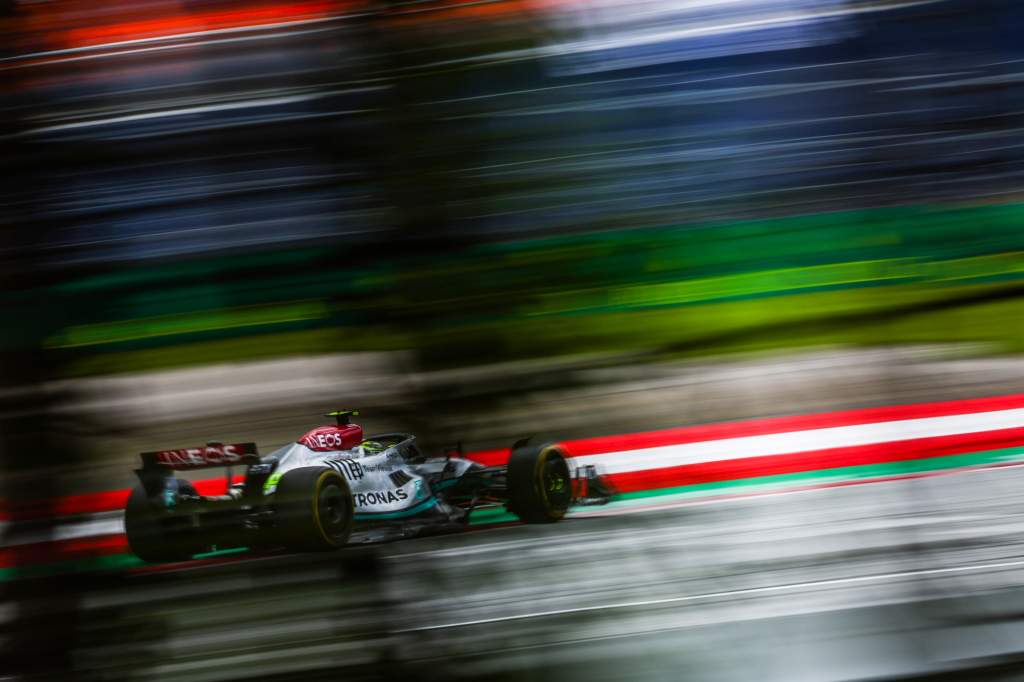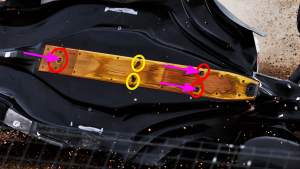Up Next

With the FIA finally having set about addressing the porpoising and bouncing of the new generation of Formula 1 cars – including a technical directive at the Belgian GP – it has now revealed a package of changes for 2023 designed to ensure problems don’t arise again.
There are four areas where changes are being made for next year, all related to the underfloor and designed to limit how hard the teams are trying to work ground effect to generate downforce and make the underfloors more consistent.
1) A 25mm raising of the floor edges

When the porpoising problem first became apparent during the first pre-season test in Barcelona, I actually suggested exactly this idea during a technical presentation by the FIA and F1, they felt that it wouldn’t be necessary and that the teams would sort the problem themselves
I’ve also regularly highlighted the area (in red) that needs to be raised in many articles on the problems.
Some teams have more or less raised the floor edges under the current regulations (yellow arrow). Unsurprisingly, these are the teams that have a car that’s performing well and suffer less from porpoising problems.
But the temptation is to keep the floor low in this area because the downforce numbers it produces will be higher. No team likes to sacrifice aerodynamic load, but it is counter-productive to chase that peak load if it gives you a car that isn’t driveable and that suffers from inconsistency and major porpoising problems. So you need to make a compromise.
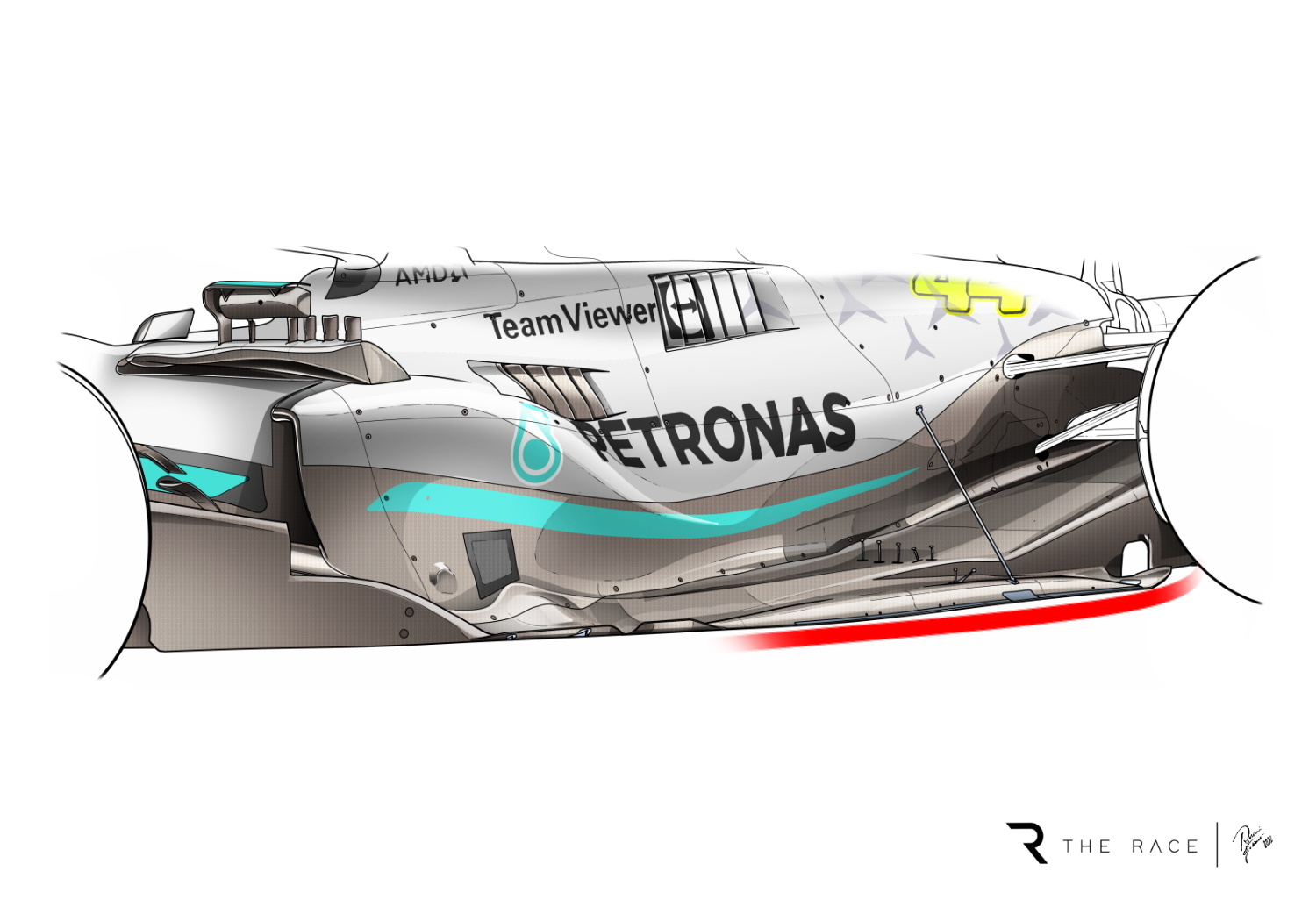
In the first part of the season, Mercedes pursued the higher-downforce route. This led to all the talk of how strong the car would be if it could be run at the designed and desired ride height. But it couldn’t. Mercedes showed for many races that it wasn’t willing to compromise and felt it was better to complain about the problems rather than be seen as simply being slower.
Red Bull and Ferrari had tunnels in the rear of the floor that served to reduce the ‘light switch’ effect that you would get from the theoretically higher-downforce flat foot area of the floor.
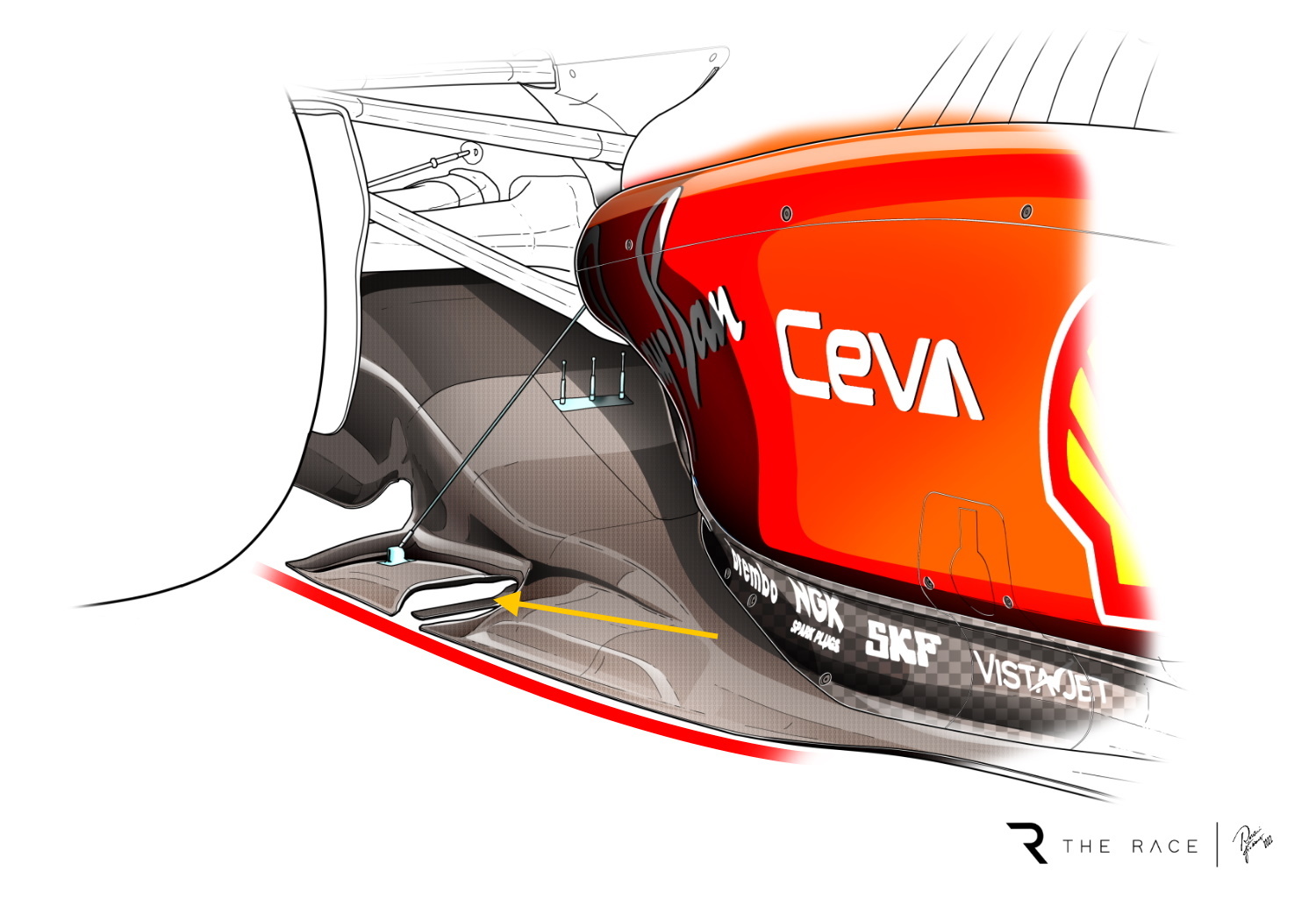
It’s a bit like running a normal wing too aggressively. You get the high downforce figures but it’s peaky because it’s so close to the edge that it stalls regularly. And when it comes to the underfloor, this is a much bigger problem given it can set off porpoising.
It’s no coincidence that when Mercedes started to run the car just that little bit higher and worked the front corner of the floor harder, leaving less sealing work for the last section of the floor foot to do, it went in the correct direction. Mercedes was able to generate the downforce from the underfloor differently and its porpoising problem started to get under more control.
The FIA has yet to say how this 25mm rise will be applied, in particular, whether it will apply to the floor edge at the rear or on the full length of the floor. But what matters is that this rear part of the floor is regulated.
When it comes to porpoising, it’s at the rear that this oscillating motion begins so this change should ensure that teams are not tempted to chase these easy-to-achieve, but almost impossible to use, high downforce figures.
2) A raising of the underfloor diffuser throat
The throat is not the opening at the front where we see the vertical vanes, it is the lowest part of the aerodynamic profile that makes up the underfloor venturi.
It is a bit like the lower surface of a wing section. Again, the lower to the ground this is, the more downforce it can produce but the more critical it becomes to the gap to the ground changing – ie as ride height lowers.
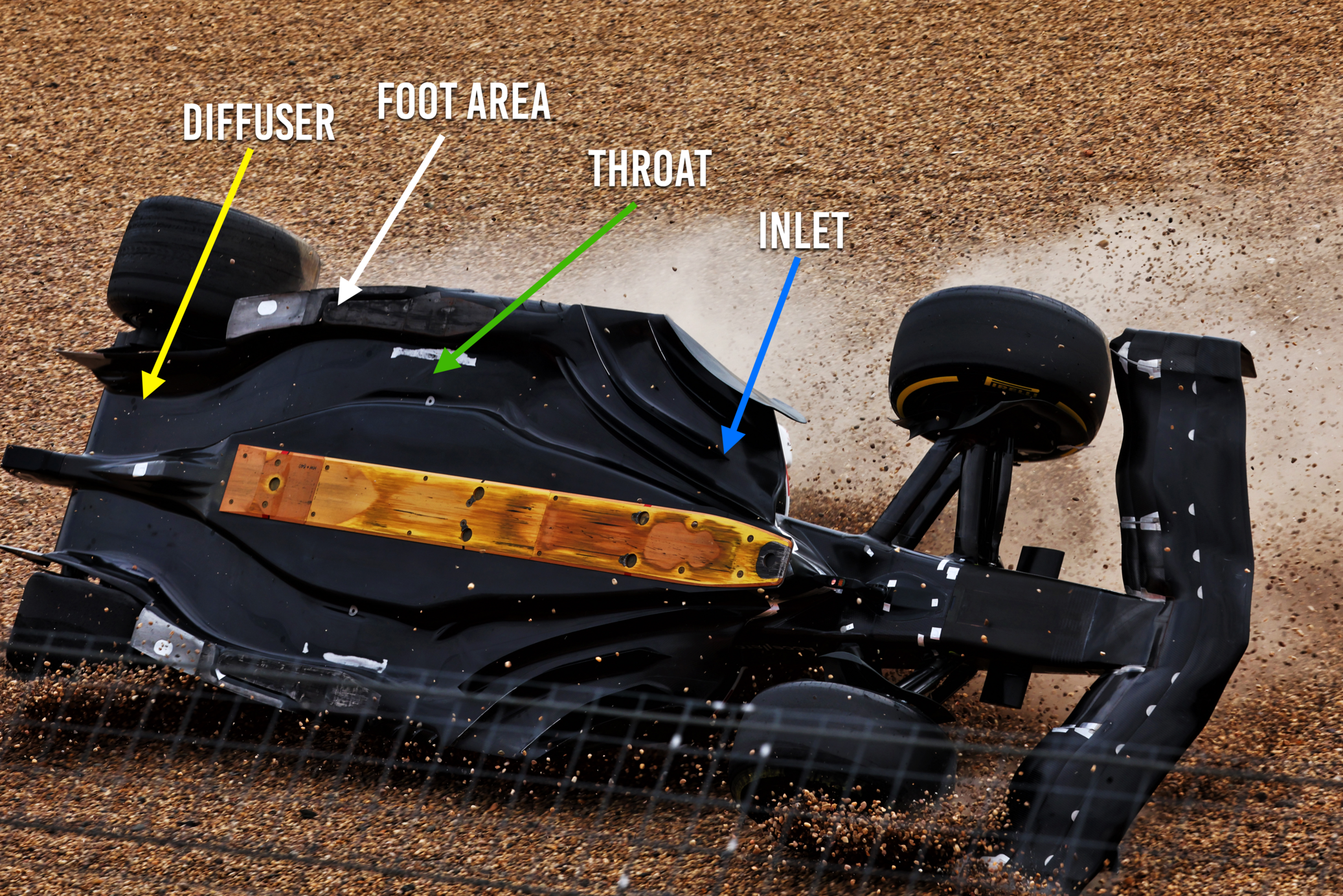
I don’t think it will be a major fix to the current problems, as the throat is currently relatively high anyway.
3) The introduction of more stringent lateral floor deflection tests
While this sounds like a logical move and there should be some control on the level of lateral stiffness, I can’t see any evidence that it is actually being used to improve performance. I wouldn’t get too excited about this achieving anything.
Lateral deflection would only be a problem if the front splitters or the rear diffuser vertical walls were allowed to deflect.
If that was happening, you could make it so that the required ‘vertical’ splitters in the front of the floor might not stay vertical when they get loaded up with airflow.
The big question is would this improve performance or simply cause more problems in understanding what is going on and how to match the aerodynamic data to a given set of driver comments?
It would be much more difficult than just matching up a flexing front wing flap detail that we see every weekend on some cars.
The wing has an angle and for that angle a flow coming off the trailing edge, so it is quite easy or should be to simulate. The underfloor is a completely different beast.
As an example of that, the teams were not really able to predict porpoising, so what hope do you have of getting the best out of something that you can’t model or predict the outcome of?
4) The introduction of a more accurate sensor to help quantify the aerodynamic oscillation
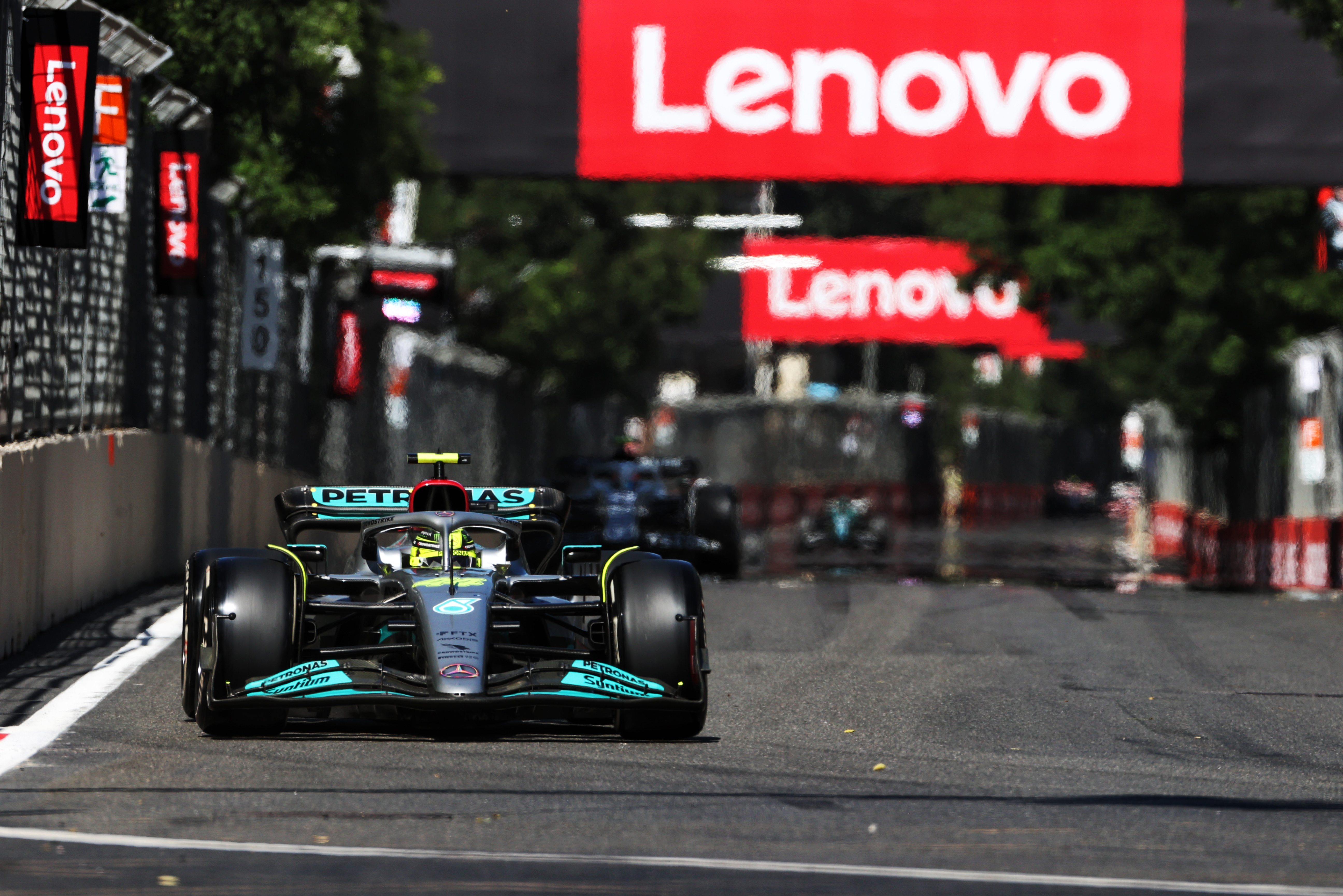
Introducing a better sensor to measure the oscillations is no bad thing, but what matters is how the data captured is used.
If F1 wants to continue with a metric that limits the vertical oscillations a driver is subject to, it makes sense to monitor it as accurately as possible.
This could also be used for any medical studies into the effects on the drivers given the long-term concerns.
CONCLUSION
Given the final three of these measures will have relatively small effects – if any at all – the key change is the first one.
Raising the height of the floor edges by 25mm between the rear wheel centreline and something in the region of 1.0 to 1.5 metres in front of it would tackle the problem. It would also be very easy to achieve given the regulations are written around the x, y, z coordinates.
It’s a sensible, pragmatic approach that will remove any temptation to go chasing impractical higher downforce numbers, and should also ensure that speeds don’t get out of control in case anyone does work out how to make a design with the flatter rear part of the floor effective and consistent.


